Up a Creek With a Paddle: Exploring the Hoi An Countryside
We’ve got 10 days in Hoi An, Vietnam and I’m planning to do very little. After two days here we have a good sense of the small town and village on the beach, so I decided to do a bike tour of the nearby countryside to see a little more of the picturesque Vietnam we came for.
If you like this post, share it with the buttons below!
The Route to the Villages
I chose Heaven & Earth Bicycle Tours, only because I decided at 10am and they have a half day tour that leaves at 1pm. Perfect!
At the booking office, I join 5 others and 2 tour guides, and we start the tour on a boat to a small fishing village on a nearby island. We pass dozens of intricately rigged nets, with four bamboo poles attach by rope to a large wheel that, when turned by a fisherman after dark, lowers the net into the river. A lantern above the net attracts the fish for a few hours, then the net is hoisted back up to collect the fish. Its really interesting how many different fishing methods we’ve seen in the different countries we’ve visited: all completely unique, all dating back many generations. (i.e. the fishermen of Inle Lake, Myanmar)
As we near the shore that we’ll start the bike tour from, a discussion between the guides and the boat driver in Vietnamese that includes a lot of staring at the engine has me a little worried. We get to the dock, and the guide says, “The engine is broken, but it’s lucky, because we are here.” Lucky, indeed.
We bike around the island, stopping to learn more about the straw mat weaving tradition that many of the village women are working on. They even let me try it out, but I’m bored after about 30 seconds. The woman on the left in the above picture is 89 years old, and she has been weaving 2 mats per day since she learned at 10 years old. Unreal.

The Floating Bridge
We continue our journey to a larger island, home to 4,000 people in several village. But first, we have to cross the Floating Bridge, 200 meters of rickety-looking boards over bamboo that bounces with every movement. It was shaky and a bit scary, especially when 2 motorbikes drove past and sent us bouncing even more. The boards moving back and forth underneath us reminds me of walking on a carnival funhouse bridge.
Countryside Traditions
On the second island, we learn more about village traditions and handiwork. Small, round basket boats are woven from bamboo and used by fisherman and for traveling during annual floods. We learn that they are round and look like baskets so villagers could deny using them as transportation to avoid boat taxes imposed by the French colonialists. We all get to try entering and paddling in the baskets, which is harder than my smile above would lead you to believe (the lifejacket was not my idea in 1 foot of water).
For the rest of our 9 km bike ride, we see rice fields, woodworkers carving and manipulating bamboo into traditional materials, some families of boat makers hard at work, and a man with a monopoly on ice on the island with his garage-size radiator freezer contraption. Our tour guide explains that many of these trades are slowly dying, because the young people don’t want to learn. Some craftsmen, like the boat makers, can get a government subsidy to pay apprentices for the three to four years it takes to learn their trade, since its business is important to village life but not very profitable.
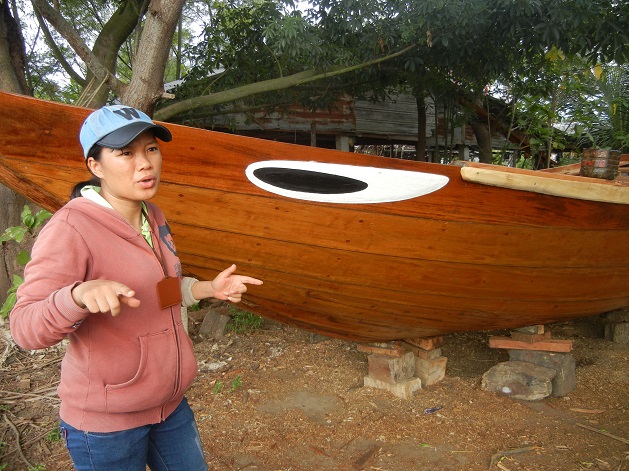
Finally, we board a boat back to town. This time is not the ‘broken’ boat we arrived on (thankfully), but a public ferry, one of several constantly traveling between Hoi An and the islands, loaded with motorbikes and villages selling their goods in town.
I’d recommend Heaven & Earth Tours, and even though the villages we met host several tour groups per day, they were very friendly and welcoming, and seemed authentic, not just working for us to watch.
If you have any questions or have similar experience in Vietnam, comment below!

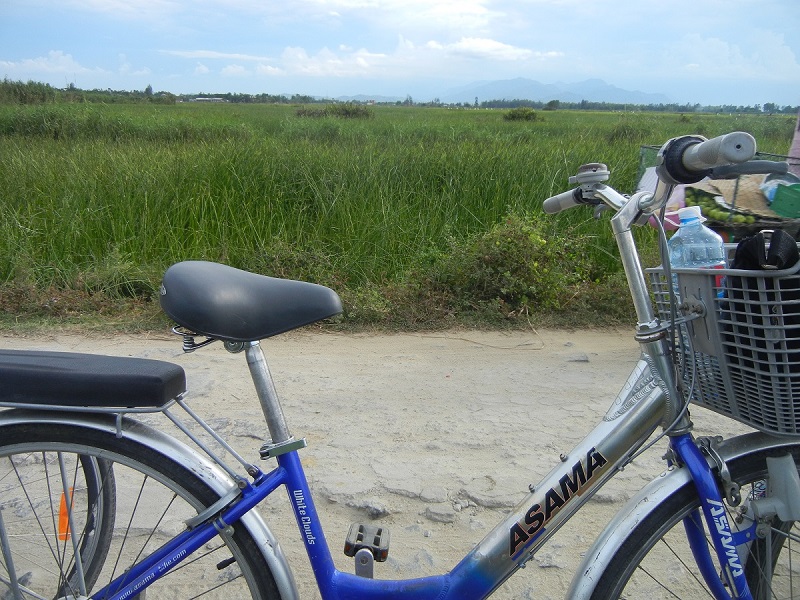
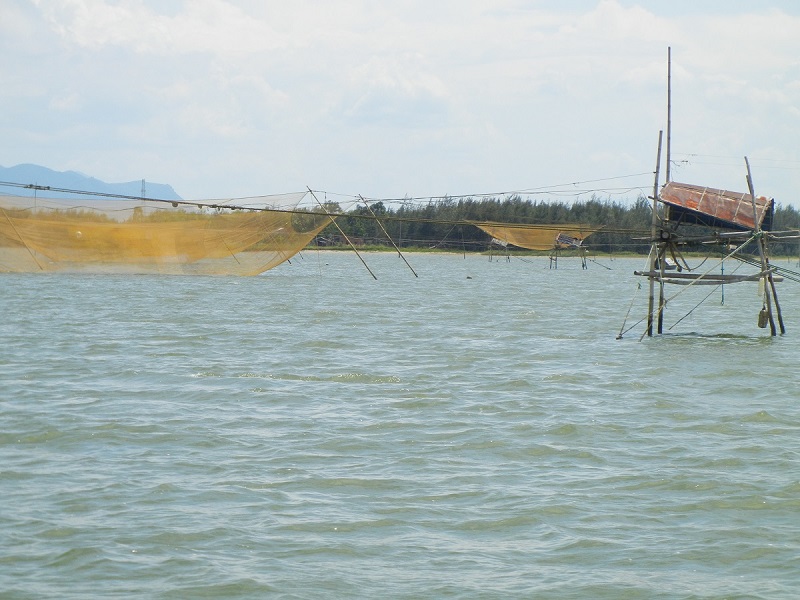
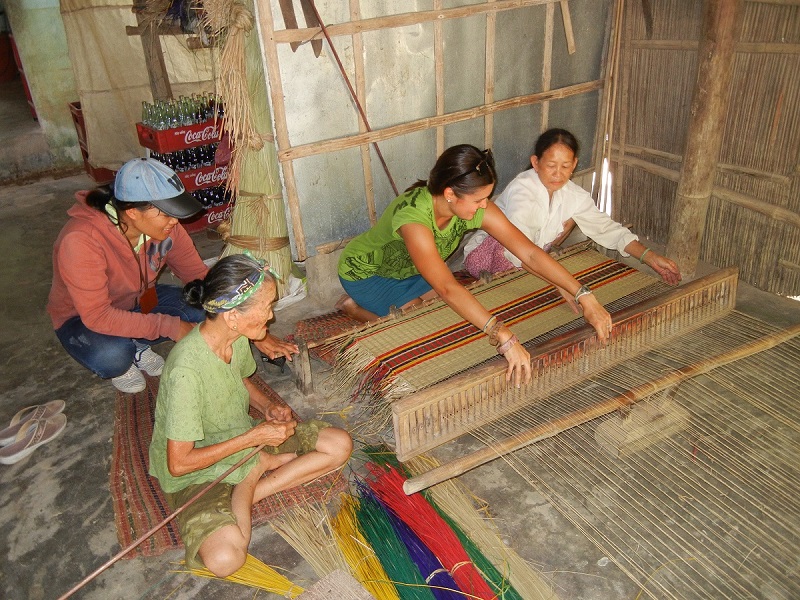
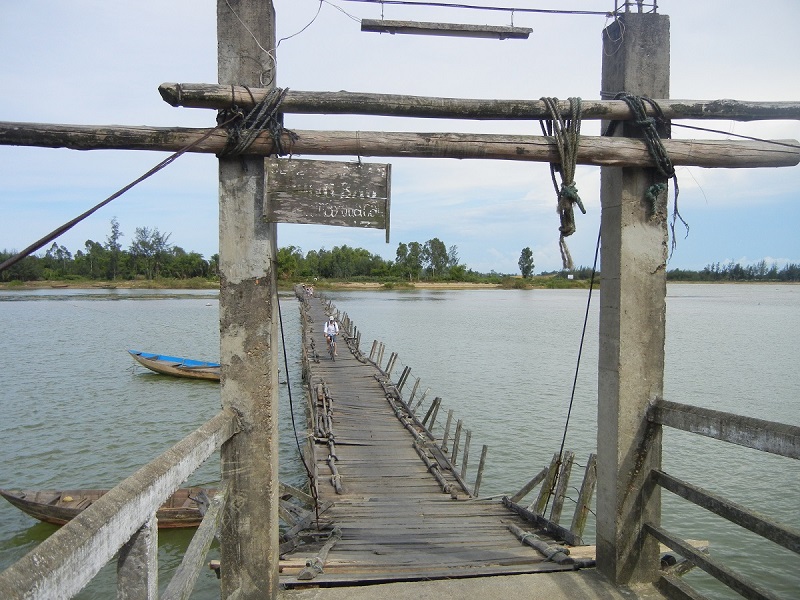
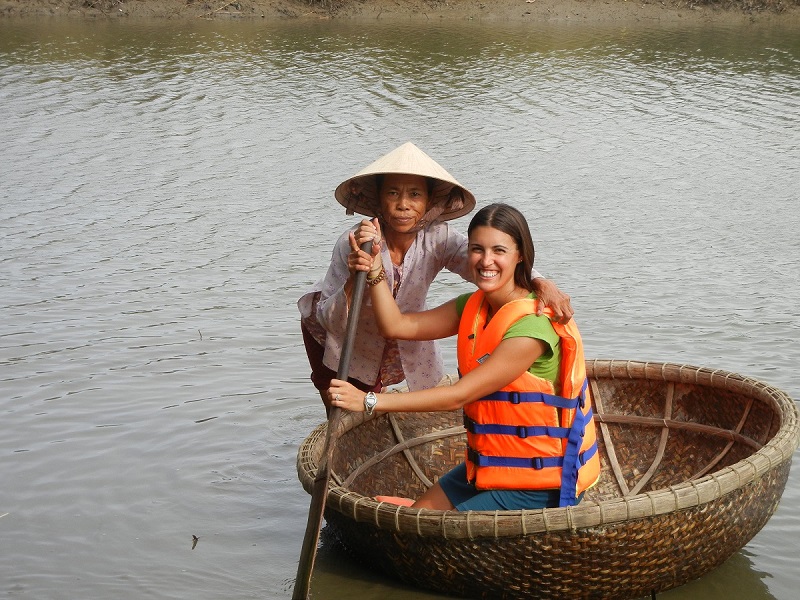
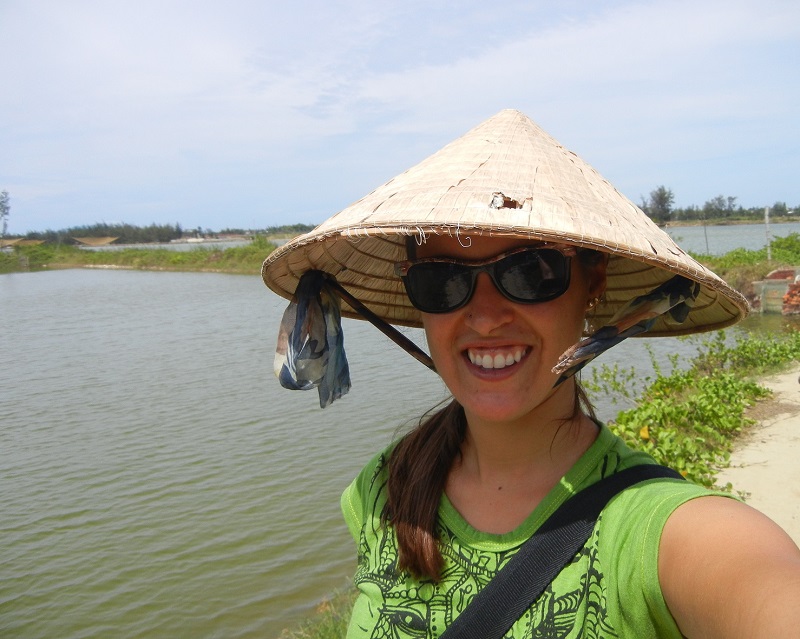
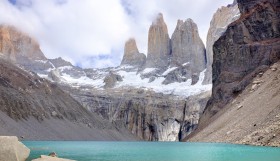
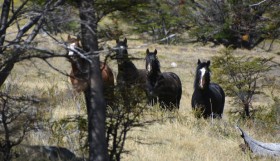
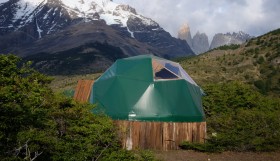
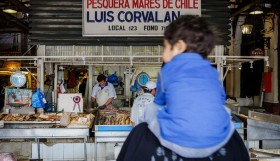












Pingback: This World Rocks Experiencing Vietnam by Foot | This World Rocks